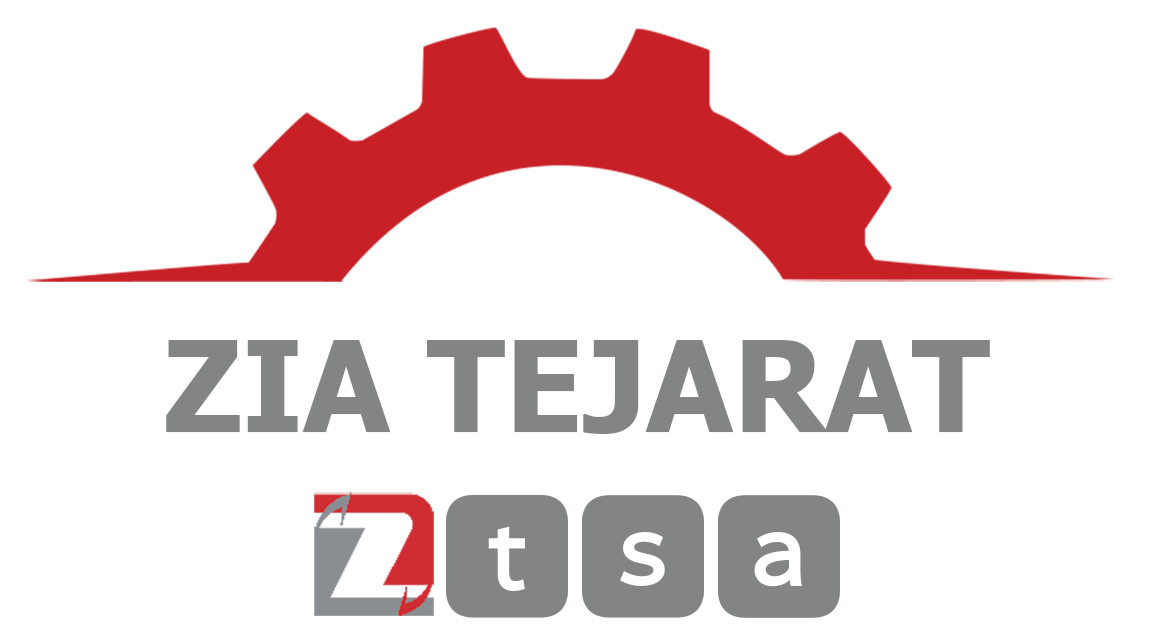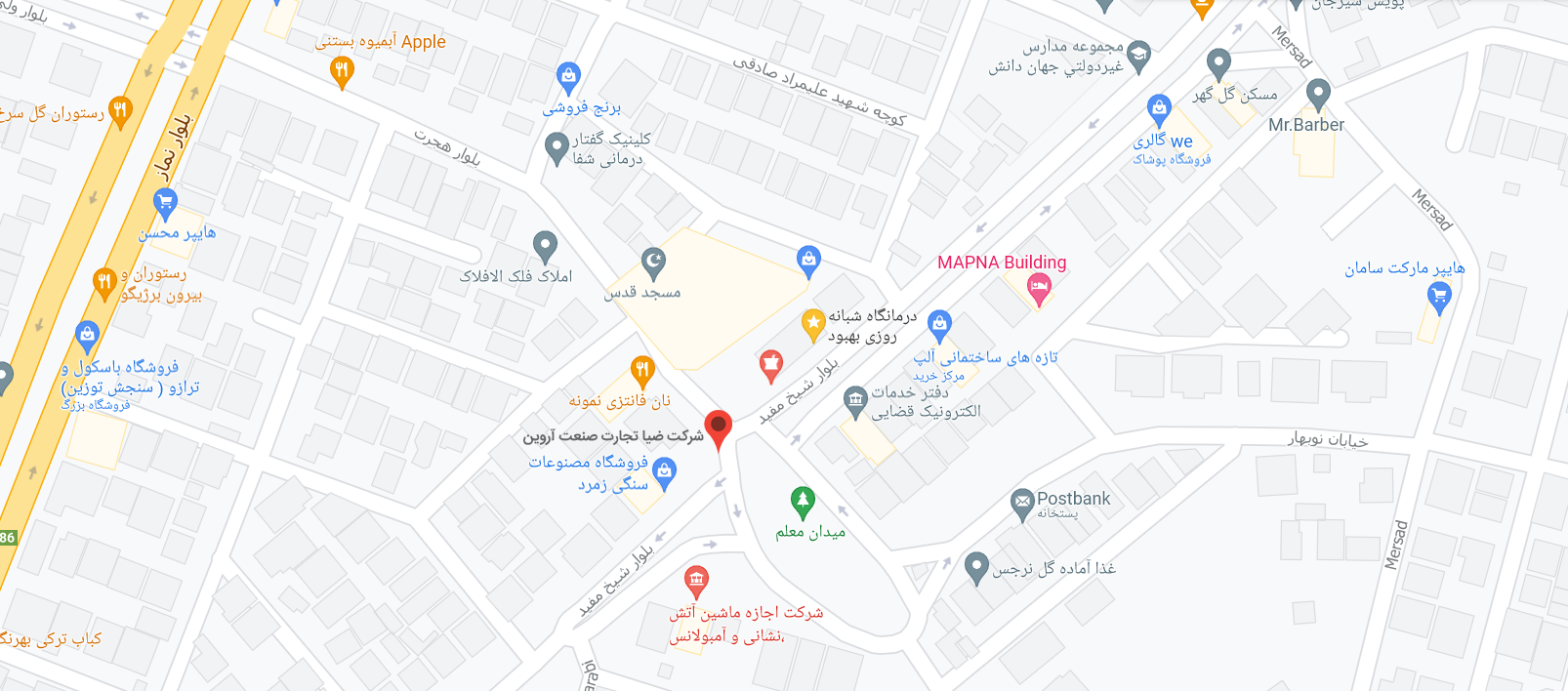What is a gearbox?
Gearbox is one of the required machines in the world of industry. Gearbox is a power transmission device that is responsible for power and torque transmission. Since it is necessary for there to be communication and coordination between the energy consumer and its producer in the field of torque and rotation, therefore there is a need to use a gearbox that causes communication between the power producer and the source that uses this power. , is necessary. The power generating source must deliver the power produced using any type of fuel or energy to the consuming source in the form of torque through the gearbox. In general, only the sources that use solar energy to create power, such as types of electric motors such as diesel engines, gasoline engines, gas engines and types of gas turbines, wind turbines, water turbines and steam turbines, etc. can To be used as sources of energy supply for industrial gearboxes.
How the gearbox works
The working mechanism of this device is that the gearbox, which is a set of gears, receives the torque from its source and transfers it to the consumer by converting it to the required torque and speed. In other words, the gearbox has the ability to convert speed into power or torque, and in exchange for reducing engine speed, it increases its power.
Gearbox design and construction
In general, gearboxes consist of 6 main parts, the most important of which are the gears of the gearbox, which are responsible for changing and transmitting torque. Other components of gearboxes include the gearbox shell, which is usually made of cast iron, steel input and output shafts, bearings that control the axial loads produced by the shafts, felt bowls that store the oil inside the shell, and Gearbox protection against environmental pollution such as dust is used, and a cap is installed in gearboxes to control the amount of oil or replace it.
Types of gearboxes
As mentioned above, gearboxes are equipment that change the amount of torque by changing the engine speed. In various industries, depending on the type of use, sometimes there is a need to reduce the round and sometimes there is a need to increase the round. For this reason, gearboxes are designed and produced in two ways, reducing and increasing.
Gear reducer
This type of gearbox increases the torque by reducing the speed and has general use.
Overdrive gearbox
This type of gearbox increases the speed and reduces the torque, which is mostly used in heavy industries and refineries that require very high speeds.
Also, in terms of the appearance of gearboxes and the way their shafts are located, gearboxes can be classified in the following categories.
Solar gearbox
Helical gearbox
Spiral gear box
Hanging gearbox
Industrial gearbox
Ilmaz gearbox
Cranville gearbox
Application of gearbox in industries
Different types of gearboxes can be used in different industries. Among them are copper and steel industries, cement industries, tile and glass and ceramic industries, food industries, military industries, oil and gas and petrochemical industries, packaging and glass filling industries, water and sewage industries, chemical industries, Machine building industries, pharmaceutical industries, mining industries, plastic industries, wood and paper industries, plastic industries, mechanical industries, marine industries, zinc and lead production industries, conveyors, conveyor belts, compressors, mixers, blowers, material transfer systems , rolling, stone crushers, mills, rolling, batching, winches and furnaces, construction machinery and elevators, overhead cranes, revolving restaurants and amusement parks, transportation, advertising boards, blowers and ventilators, devices He named washing lines, wind turbines, etc.
Gearbox brands
Yilmaz gearbox,
Siemens Flender gearbox,
Motovario gearbox,
Bonfiglioli gearbox,
Brevini gearbox,
Reggiana gearbox,
Siti gearbox,
Transtech gearbox,
Rossi gearbox,
Jie Gearbox,
Iranian gearbox
Pars gearbox and... mentioned.





























